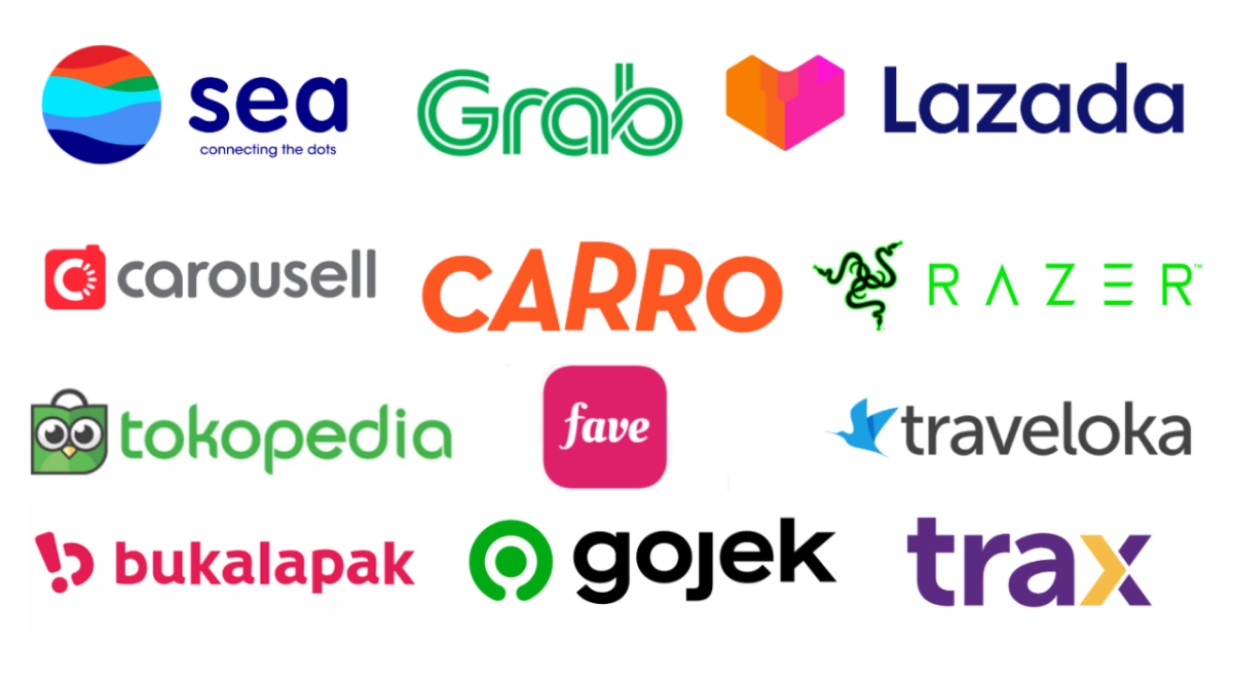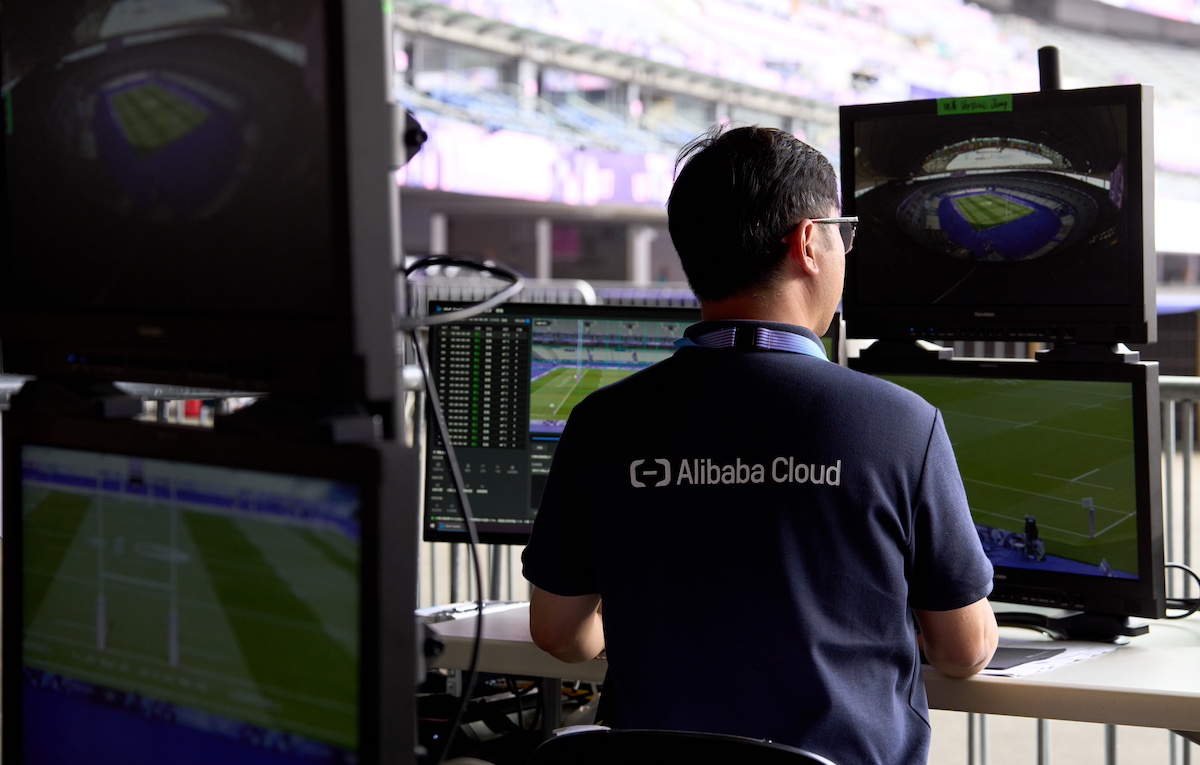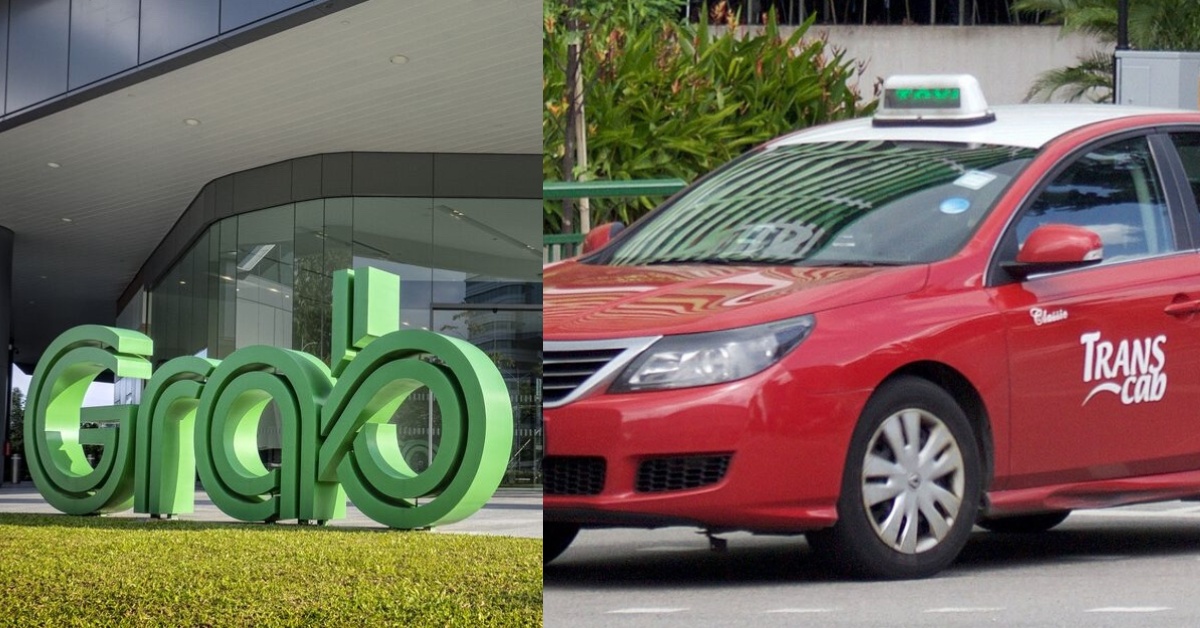The Southeast Asia (SEA) market is primed and ready. In just the past six months, a great number of funding movements have been reported for the region’s tech industry.
In the first quarter of this year, there was a total of US$6 billion in funding, according to data from research firm PWC and Genesis Ventures.
The most recent prominent funding round was Singapore start-up Carro who had bagged US$360 million in funds from SoftBank and others. The funding allowed it the company to cross the US$1 billion mark, achieving it the ‘unicorn’ status.
If we were to refer to 2020’s statistics, deals activity in SEA continues to be led by Singapore, followed by Indonesia, Thailand, Vietnam, and the Philippines, said Golden Gate Ventures.

“Exits generally refer to the investors (angel investors and venture capitalists) exiting their investment in the company. This has traditionally been achieved either through initial public offerings (IPOs) or trade sales,” explained Dr Jeffrey Chi, vice chairman, Asia, Vickers Venture Partners.
Experts say there’s a strong forecast for SEA exits either via IPO, mergers, or acquisitions for this year till 2024, supported by a continued interest in the region, and the maturing of companies.

As Herston Powers, managing partner at 1982 Ventures Powers puts it: “The market is ready now, as global investors are starting to see opportunities in the region. The rising popularity of SPACs is perfectly timed for Southeast Asia as a listing option that is faster, with a guaranteed price or valuation, and greater deal certainty.”
Pandemic-supported tech activity
Even though funding activity in 2020 was lower than 2019 due to it being a pandemic year, it remained resilient, said Golden Gate.
In fact, the pandemic fuelled an increasing appetite for technology as the number of internet users continues to grow.
Startups across Southeast Asia raised a combined US$8.2 billion last year, according to Cento Ventures. 50 per cent of the funding went to unicorns Grab, Gojek and Traveloka.
Late-stage rounds and foreign institutional capital entering the region have generated buzz for the SEA tech scene. The tech opportunities have also led to a boom of new startups.

“Covid-19 has been a catalyst for change. Many tech companies that have been promoting change have benefited from the pandemic as it has forced everyone to rethink the way we operate and go about our lives. Examples include video conferencing, e-commerce, and food delivery,” said Jeffrey.
“Optimism about the road to recovery and confidence in growth and opportunities within the region feeds robust mergers and acquisition (M&A) appetite,” research firm EY said in a report.
“With the wind in their sails and anticipation high for a swift shift from resilience to recovery, more than half (56 per cent) of Southeast Asian executives say they are looking to actively pursue M&A in the next 12 months — the highest since 2012,” EY added.

Another contributor to the funding activity: increased interest in SEA thanks to success stories like Sea Limited.
“Notable listings like Sea’s New York Stock Exchange (NYSE) IPO in 2017 and its aftermarket performance have greatly increased interest in an NYSE listing among Southeast Asian ‘new economy’ companies,” said Golden Gate.
Many of SEA’s unicorns have been ready to list in the past few years, but have not had the same institutional coverage from banks and investors as their peers in China, India, and Latin America.
The VC firm stressed that the ‘right’ timing is now. International investors are hungry for ‘growth at scale’ investment opportunities, and Asia Pacific is an obvious market.
Pipeline of growth deals
The M&A and IPO activities are not without the fact that the SEA tech ecosystem has been building up for the past decade and is now maturing.
Many 10-year venture capital funds in Southeast Asia began between 2010 and 2015.

“There’s a large pipeline of Series B and C startups with the ability to raise capital faster,” said Golden Gate. The VC is estimating that about US$52 billion of venture capital has been invested into Southeast Asia in the last 10 years.
“According to investment service firm Preqin, 50 funds were raised in this time period. These funds will be pressed to return capital to their limited partners between now and five years.”

“Note that not every fund will successfully exit their portfolio and might need to liquidate a number of portfolio companies. The next one to three years will be critical to understanding the success of Southeast Asia for the venture capital industry,” said Golden Gate.
In the long run, the fundraising interest and momentum in the SEA market is enabling a healthier environment for M&As and IPOs.
“Late-stage companies like Grab and Carro become acquisitive as they expand their business…(and these) well funded and fast-growing late-stage companies are more likely to either list on a stock exchange or be a larger acquisition target for incumbents,” it added.
SPACs are gaining popularity
Not forgetting a recently popular way of going public: Special Purpose Acquisition Companies, or SPACs.
Experts say that startup exits are expected to increase, with SPACs as a channel to support their exit strategy.
A SPAC, also known as a blank-cheque company, raises capital through an IPO for the purpose of acquiring an existing operating company. Subsequently, an operating company can merge with or be acquired by the publicly traded SPAC and become a listed company in lieu of executing its own IPO.
“Startup exits are expected to increase, and SPACs will be one channel that will support the SEA exit strategy for many companies,” Jeffrey said.
“SPACs basically reduce the risks to bring a company public and hence represent a huge opportunity for investors to exit their positions. There are a variety of reasons why startups would want to go public. The most common one is to be able to tap the capital markets for further funding,” he added.

Some SPAC examples include Grab, which expects its listing process to be completed by the end of 2021. Carsome, as well as Indonesian travel ticketing platforms Traveloka and Tiket.com, are considering a similar route.
Online marketplace Carousell is another firm that is considering a US SPAC listing, according to people in the know.
“There is a significant pipeline of APAC companies interested in going public over the next three years. Many of these are ‘new economy’ companies, which view going public as a natural way to raise capital to grow their businesses, and offering shareholders a liquidity event,” said Golden Gate.
However, the rise of SPACs is not without risks for Southeast Asia, cautioned Golden Gate.
“The public markets will look at Southeast Asian SPAC mergers with interest. An unsuccessful SPAC merger will leave its imprint on sentiment and could negatively impact interest or momentum.”
Growth aplenty, but talent shortage exists
There’s been an encouraging entry of more late-stage investors (private equity), secondary buyers, SPACs and in general, a welcoming public market for technology companies, the experts noted.
Moving forward, the majority of the exits will remain driven by M&A activity (80 per cent) in comparison to IPOs (five per cent) and secondary sales (15 per cent), said Golden Gate.
However, talent will remain an issue for firms in this growth area. That’s due to the intense competition among growth companies all around the same time, causing a talent crunch.
Firms may have to pay top dollar to attract the best talents if they want to scale up fast.

A point to note is that even though funding activity is generally known as a positive thing for startups, it may not always benefit consumers.
Jeffrey explained that if a company exits via a trade sale, it might impact consumers if the buyer has no plans to continue developing the company. This is “quite normal” if a competitor buys over another, as seen by the predicament of Grab acquiring Uber’s business in SEA, and Oracle buying over MySQL, he said.
Another point to note is that the positive interest and high level of funding activity would mean that later-stage startups might end up staying private longer, as observed in other markets such as the US.
However, that may not be the worst deal. “This is not necessarily a negative development for exits, because late-stage companies have a higher probability of exiting than the earlier stage,” said Golden Gate.
From 1 July 2021, Vulcan Post’s premium articles will be hidden behind a paywall. Subscribers will be able to enjoy exclusive articles with a deeper level of coverage and insight on verticals that include government technology, electric vehicles, cryptocurrency and e-commerce. You can check out our premium articleshere and subscribe to us here.
Featured Image Credit: Startup companies’ logos








